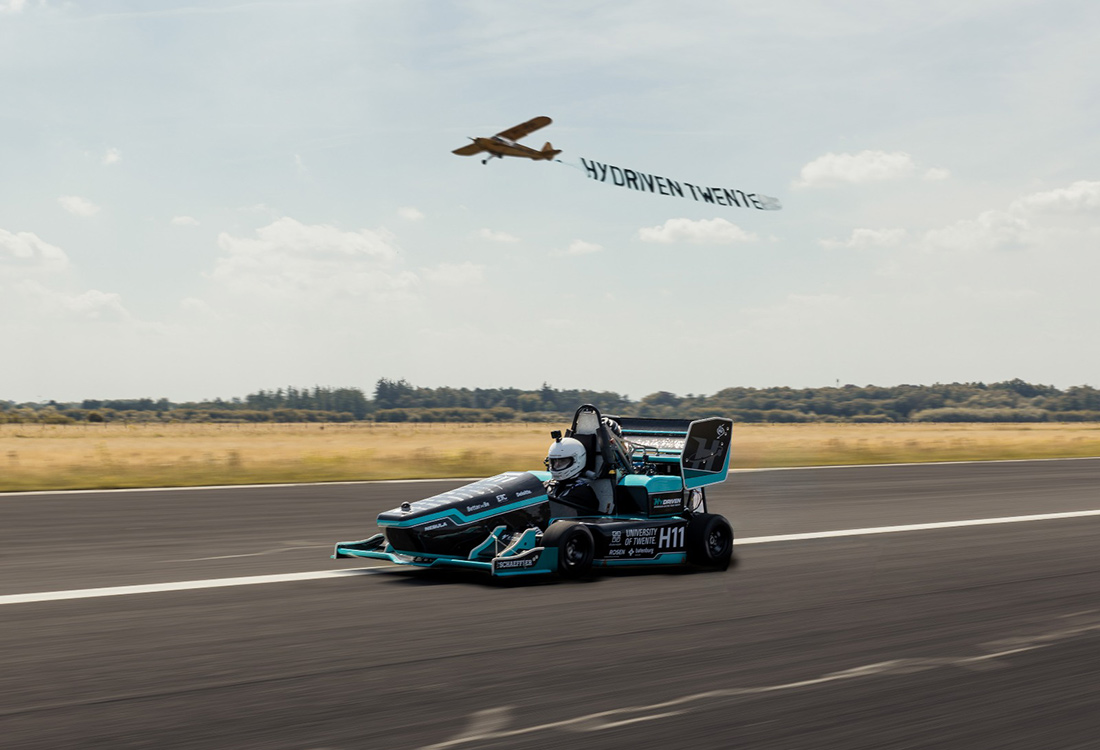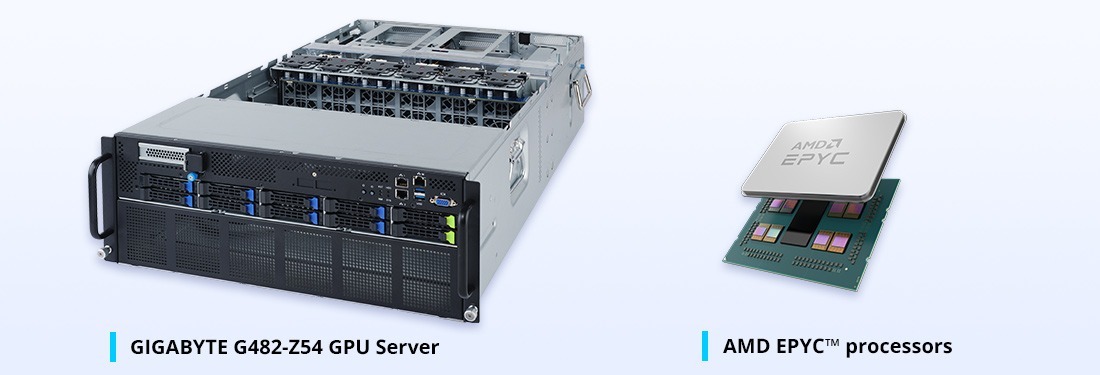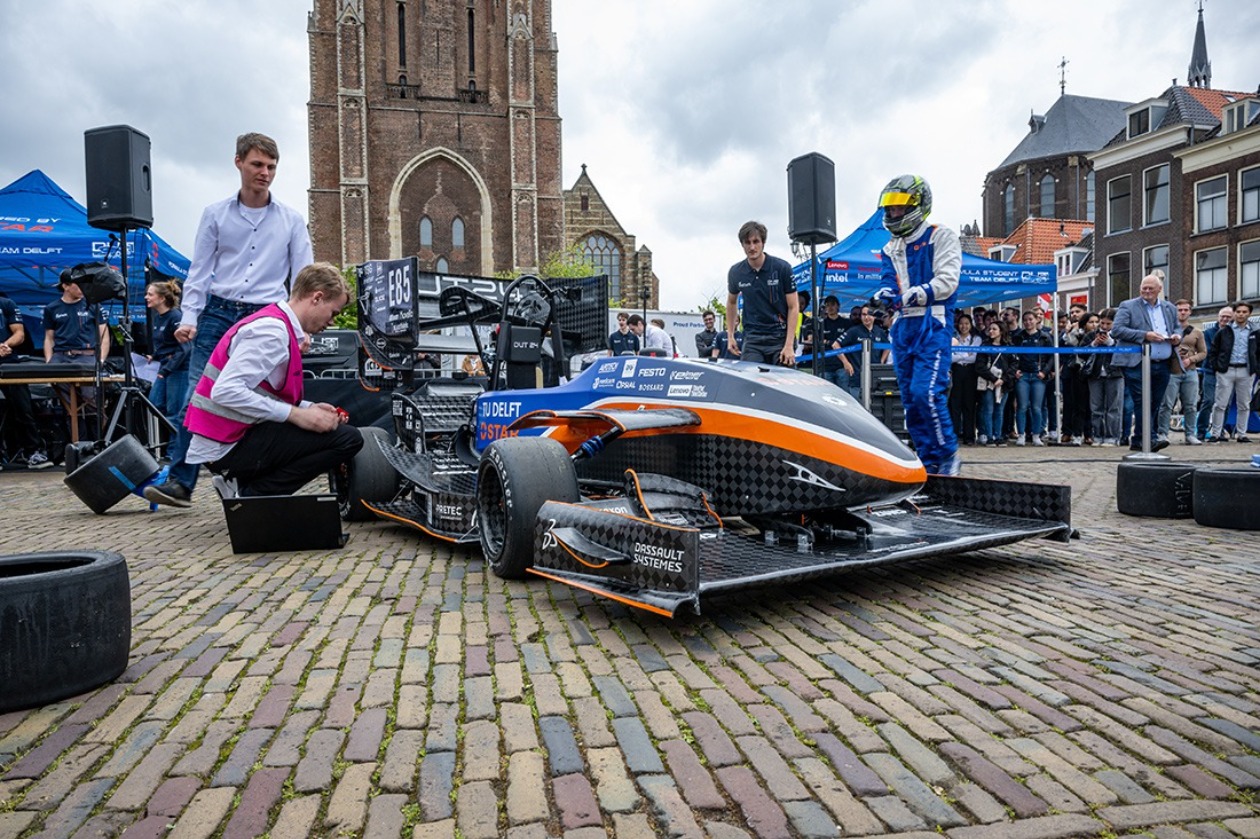Under the General Data Protection Regulation (GDPR) enforced by the European Union, we are committed to safeguarding your personal data and providing you with control over its use.
Powering Innovation in Sustainable Motorsport

Introduction
These projects are feats of engineering, but behind every high-performance vehicle is a high-performance computing (HPC) environment. To push the boundaries of aerodynamic efficiency, the teams rely on advanced simulation techniques, which were made possible through strategic collaboration with ClusterVision and technology partners AMD and Giga Computing (a subsidiary of GIGABYTE).
Together, they delivered the infrastructure and operational capabilities that enable these teams to design, simulate, and optimise their cars faster, more efficiently, and more sustainably than ever before.
Challenge
The teams turn to Computational Fluid Dynamics (CFD) to perfect airflow around intricate bodywork and fine-tune designs. However, CFD comes at a cost: significant computational demand, often beyond the reach of conventional on-premise systems.
Without access to high-fidelity simulations, the teams would have to rely on physical prototyping, a process that consumes time and materials while limiting the number of design iterations, in a competitive environment where speed and precision matter, this is a significant disadvantage.
“CFD is the cornerstone of our aerodynamic innovation. By running some of the highest-fidelity simulations on the grid, we push the boundaries of performance to develop our most advanced aero package yet.”
─ Elias Stammeijer, Chief Aerodynamics, Formula Student Team Delft
Solution
At its core is the GIGABYTE G482-Z54 platform, a powerful GPU server solution equipped with:
- 2× AMD EPYC™ processors
- 8× NVIDIA GPUs
- 512 GB RAM
- 4 TB SATA SSD + 3.84 TB NVMe SSD
“Driven by the pursuit of greater performance, GIGABYTE servers are purpose-built to support the latest and best processor technologies. We engineer our systems to stay ahead of the ever-increasing compute demands and changing landscape of resource utilization, so we build systems that our customers can expand within, such as adding more storage drives.”
─ Daniel Hou, General Manager, Giga Computing
Yet performance alone isn't enough. A system is only as valuable as its usability and maintainability. That's where ClusterVision added critical value.
By deploying TrinityX, ClusterVision's open-source HPC management platform, the teams gained a user-friendly interface for managing resources, running simulations, and monitoring workflows. TrinityX enabled them to focus on engineering, not system configuration or software compatibility.
In addition, ClusterVision's Remote System Administration (RSA) provided continuous support and optimization. With expert engineers, the teams benefitted from sustained uptime, proactive troubleshooting, and system stability — even as new students joined and responsibilities shifted.
“You can't win today's race with yesterday's tools — and thanks to this HPC solution, we didn't have to. Access to powerful compute allowed us to simulate, refine, and innovate faster and more efficiently than ever. It enabled us to push boundaries and develop our hydrogen-powered race car as a competitor.”
─ Otte Ermstrang, Aerodynamics Engineer, HyDriven
Result
The impact of the combined solution was both immediate and measurable:
- Design cycles were significantly shortened, enabling more iterations in less time
- Reliance on physical prototyping was reduced, saving materials and cost
- Design flexibility increased, allowing bold aerodynamic innovations to be tested with confidence
For HyDriven, this capability culminated in a significant milestone: becoming the first hydrogen-powered entry to complete all Formula Student events — a powerful demonstration of sustainable performance.
For Formula Student Team Delft, the HPC platform enabled their most advanced aerodynamic package, reinforcing their standing as one of the world's top-performing Formula Student teams.
Importantly, both teams embraced a more sustainable development process that reduced waste, minimised unnecessary manufacturing, and placed simulation at the heart of decision-making.
“TrinityX was a key enabler in this collaboration — not just managing the complexity of a high-performance environment but making it accessible and reliable for engineering teams under real-world pressure. By simplifying cluster operations and integrating seamlessly with simulation tools, TrinityX allowed these students to focus entirely on innovation, not infrastructure.”
─ Dr. Alex Ninaber, Director, HPC, AI & Storage Solutions, ClusterVision
Why It Matters
With Giga Computing's performance driven platforms, the power of AMD EPYC™ processors, and ClusterVision's orchestration and operational expertise, the next generation of engineers aren't just learning — they're leading.
Their story is a blueprint for how industry, academia, and technology providers can collaborate to accelerate sustainable innovation — not in theory, but in practice.





